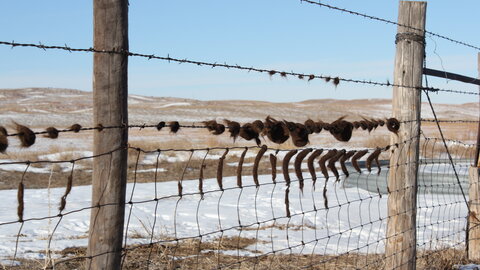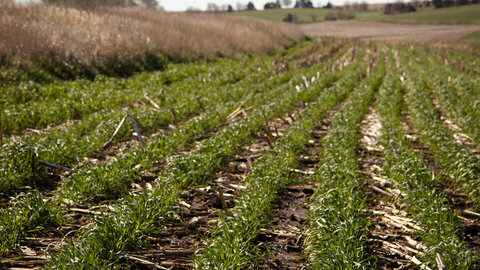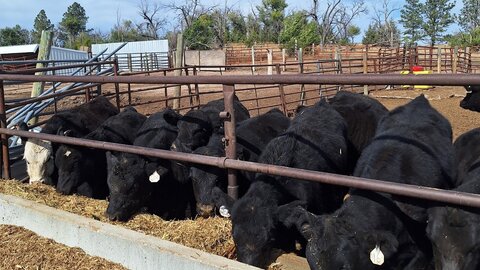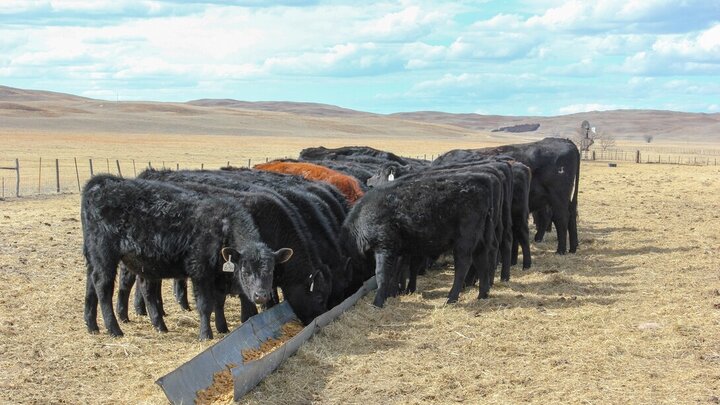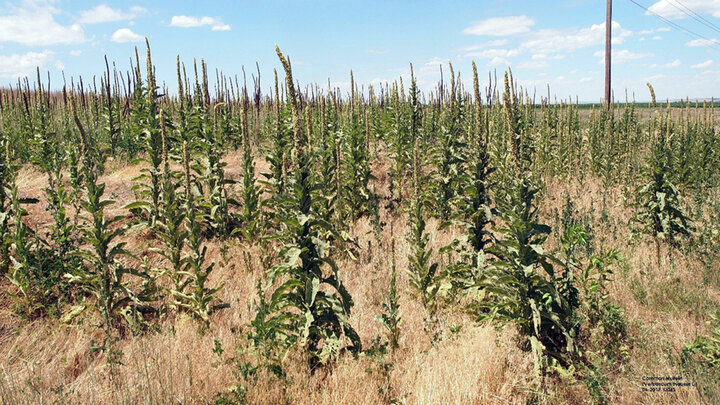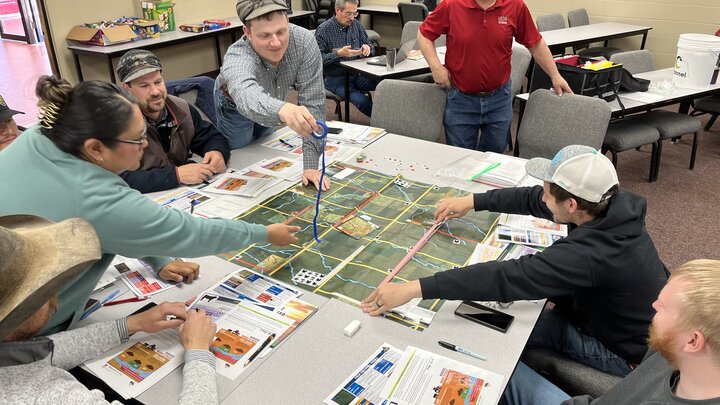Previously Featured
Prepare for Cattle Lice
December 1, 2025
Successfully Weaned Calves – A Hot Commodity
November 1, 2025
Recent Articles
December 1, 2025
December 1, 2025
December 1, 2025
December 1, 2025
November 12, 2025
Join the BeefWatch Newsletter
Emailed monthly, the BeefWatch e-mail newsletter highlights the latest news and information from University of Nebraska-Lincoln's Beef programs for beef producers.

